2013 Mazda 6 Top Speed
The 2013 Mazda 6 GT-I4 is a Front-wheel drive Sedan. It can accommodate up to 5 passengers. It has 4 Doors and is powered by a 2.5L L4 DOHC 16-valve engine which outputs 170 hp @ 6000 rpm and is paired with 6-speed manual transmission gearbox. The 2013 Mazda 6 GT-I4 has cargo capacity of 469 Liters and the vehicle weighs 1499 kg. In terms of ride assists, the 2013 Mazda 6 GT-I4 has stability control and traction control in addition to anti-lock brake system (ABS). The vehicle has an optional engine as well It offers and Rear view camera. Safety features also include Driver side front airbag and Passenger side front airbag. The front suspension is Independent front suspension while the rear suspension is Independent rear suspension. The car also features a Yes It has 18'' alloy wheels as standard. Electronic features include Cruise Control. For convenience, the car has Power windows and Power door locks. There is also a remote keyless entry feature. Moreover, the car has. The steering wheel has audio control buttons. In terms of performance, the car has 186 N.m of torque and a top speed of 203 km/h. The 2013 Mazda 6 GT-I4 accelerates from zero to 60 mph in 8.6 seconds and hits quarter mile at 16.2 seconds. Fuel consumption is 9.4 L/100km in the city and 6.4 L/100km in the highway. The car price starts at $ 29,650
2013 Mazda 6, 2.2 Skyactiv 129 kW, 0-100 km/h - acceleration
2013 Mazda3 0-60 MPH 0-60 MPH Mile High Performance Test
Mazda 6 2013 2,2 SkyActiv-D - acceleration 0-200 km/h + Vmax test
Mazda 6 2013 2.5 AT top speed and acceleration
2013 Mazda 6 Used Price Estimates
Estimates based on a driving average of 12,000 miles per year
| Used Condition | Trade In Price | Private Party Price | Dealer Retail Price |
|---|---|---|---|
| Outstanding | $ 6,309 | $ 8,429 | $ 10,242 |
| Clean | $ 5,942 | $ 7,946 | $ 9,638 |
| Average | $ 5,208 | $ 6,979 | $ 8,430 |
| Rough | $ 4,475 | $ 6,013 | $ 7,222 |
Staying true to Mazda's philosophy of providing an engaging driving experience, the Mazda 6 boasts one of the best driving positions in the segment, with relatively high seat placement that affords an expansive view of the road. The 6's handling is sharper than most of its competitors, and its buttoned-down chassis results in a ride quality that feels more European than Japanese. Other benefits of this Mazda include a spacious interior and a large trunk.
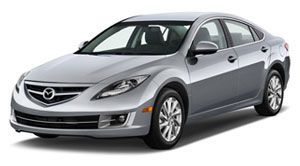
This amiable sedan does have a few demerits, the most notable ones being subpar fuel economy and some cheap plastic trim within the cabin. More importantly, however, the 6 is one of the oldest models in its class, and newer and fresher rivals will probably hold greater sway. The strong-performing 2013 Hyundai Sonata is a favorite of ours, as is its handsome Kia Optima cousin -- both come with many unexpected standard features for their low price tags. Those looking for European styling and refinement should consider the Volkswagen Passat. If it's fuel economy you want, the well-rounded Toyota Camry is a great choice. Nor does the Mazda 6 corner the market on sportiness -- both the 2013 Ford Fusion and 2013 Nissan Altima have been redesigned this year and promise to deliver engaging handling.
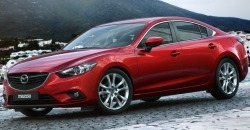
You certainly can't go wrong picking the 2013 Mazda 6, especially if you enjoy driving. But looking at the competitors before settling on the 6 is a wise idea.
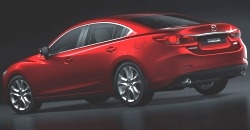
The 2013 Mazda 6 is available in five trim levels: i Sport, i Touring, i Touring Plus, i Grand Touring and s Grand Touring. Those with the "i" prefix come with the four-cylinder engine, while models with the "s" prefix come with the V6.
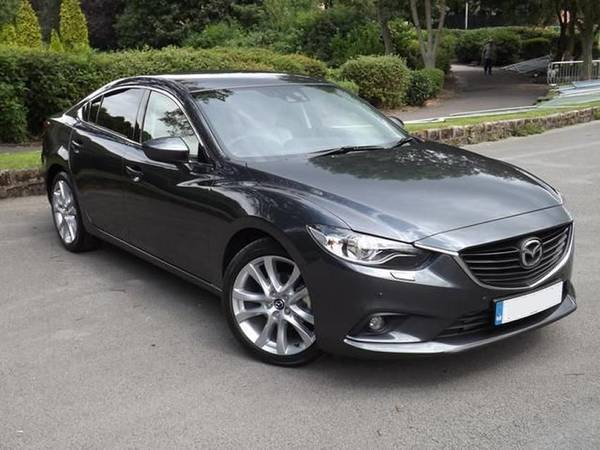
The i Sport comes standard with 16-inch steel wheels, automatic headlamps, a manually height-adjustable driver seat, full power accessories, keyless entry, air-conditioning, cruise control, steering-wheel-mounted audio controls, a tilt-and-telescoping steering wheel and a six-speaker CD sound system with an auxiliary audio jack.
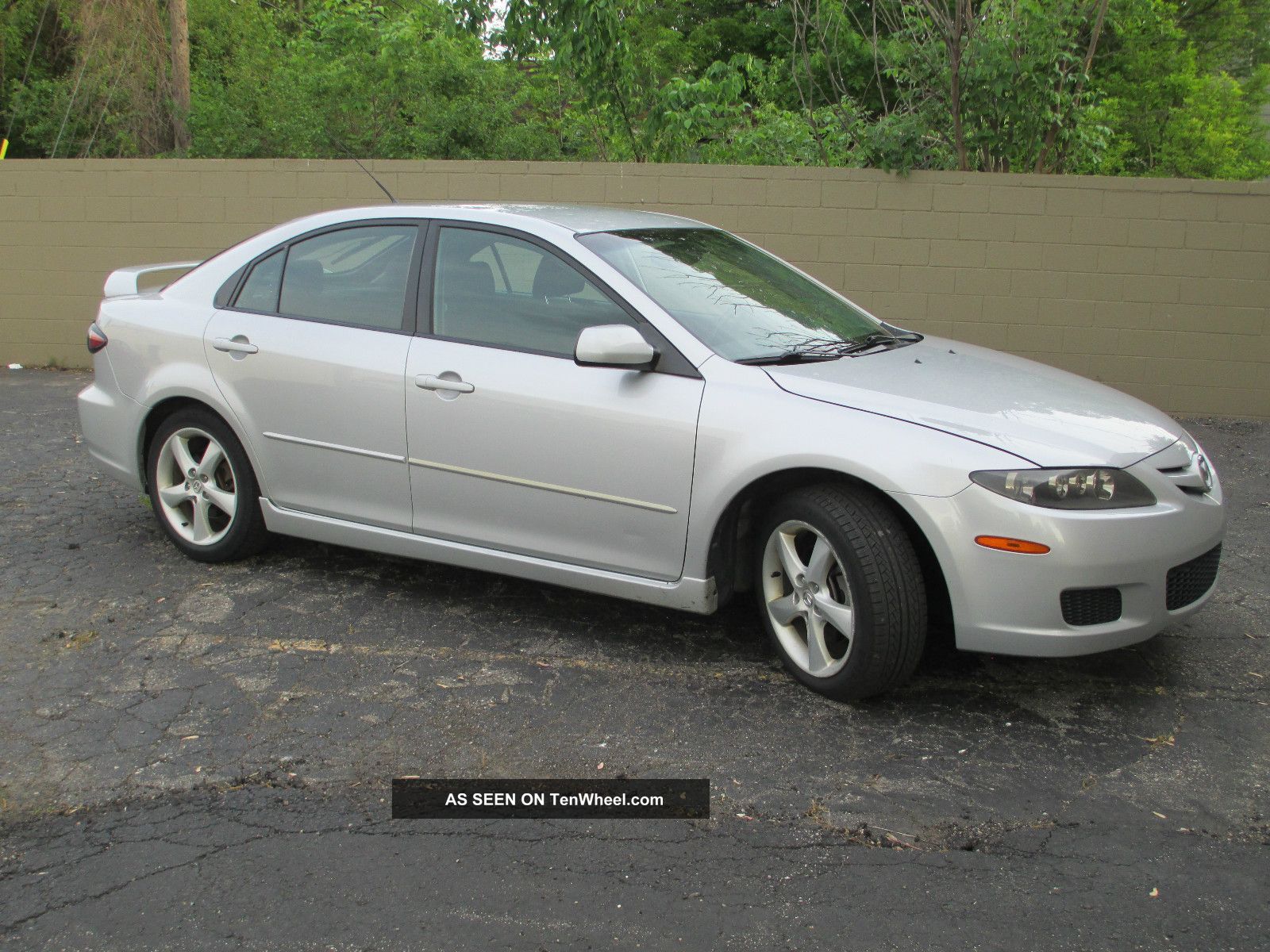
The i Touring model adds 17-inch alloy wheels, foglights, a trip computer, a power driver seat (with manual lumbar support), an in-dash six-CD changer, Bluetooth phone and audio connectivity, upgraded interior trim and a leather-wrapped steering wheel and shift knob.
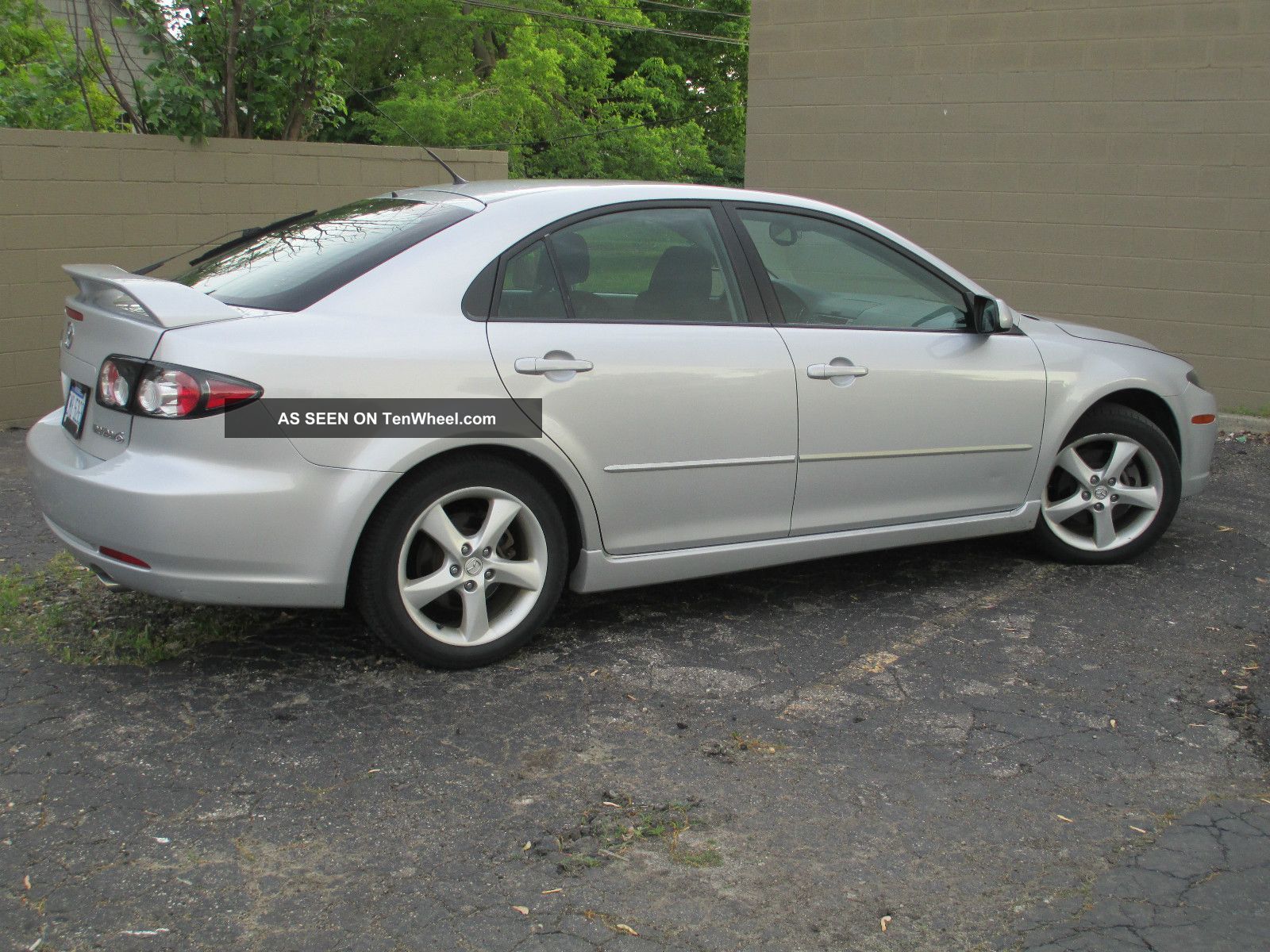
Opting for the i Touring Plus will get you 18-inch wheels, a sunroof, a blind-spot monitoring system, electroluminescent instrument gauges and outside mirrors with integrated turn signals. The i Grand Touring model further adds leather upholstery, heated front seats, dual-zone automatic climate control, a rearview camera, a multi-information display and a 10-speaker Bose surround-sound audio system. The s Grand Touring is similar to the i Grand Touring except for the powertrain.
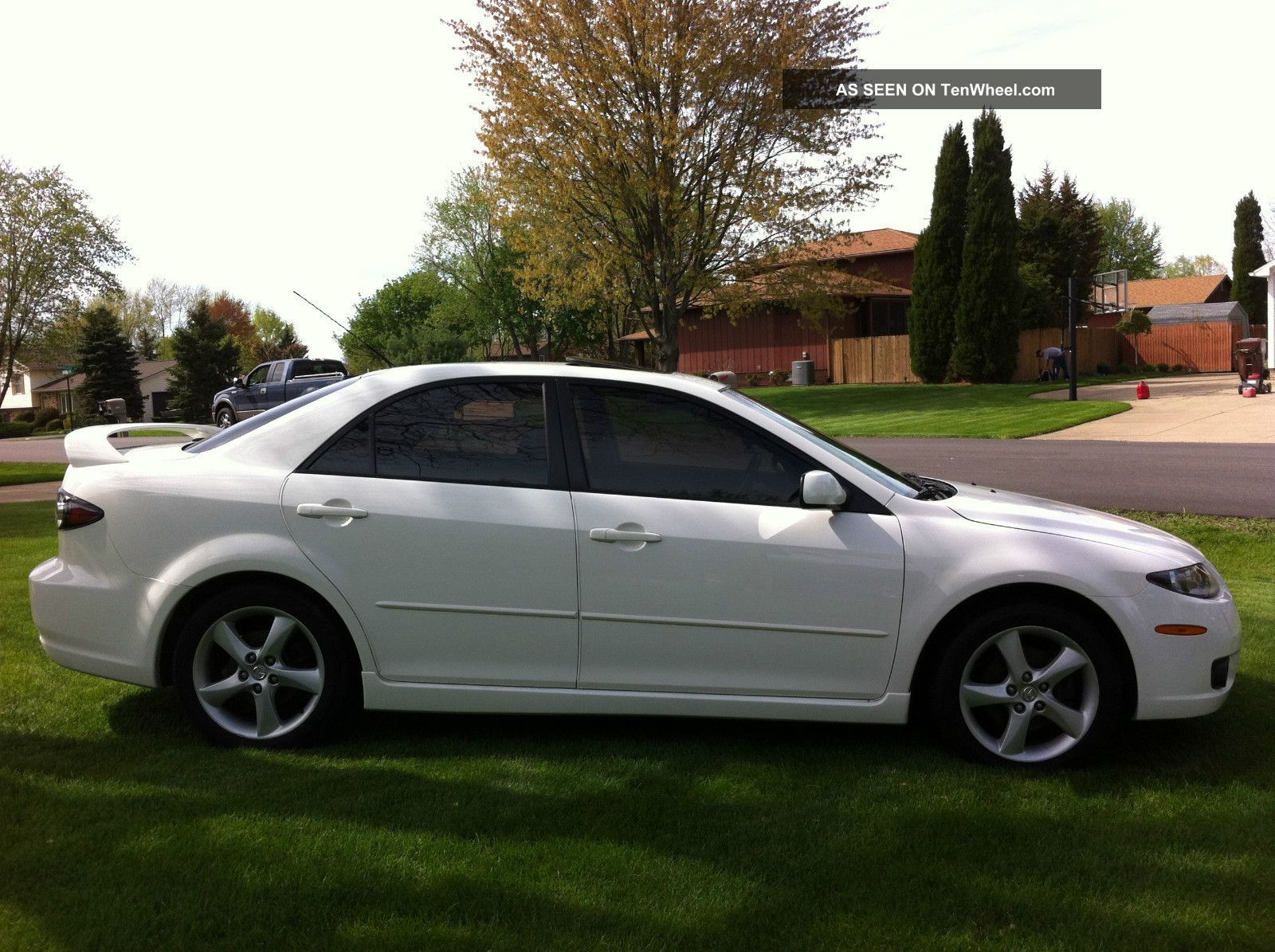
We expect one of the more popular options will be the Technology package, which is available for Grand Touring models. It includes automatic xenon headlights, automatic wipers, heated outside mirrors, keyless ignition/entry, auto-dimming rearview and driver-side mirrors, satellite radio, driver memory settings and a power passenger seat. A voice-activated navigation system is available only for Grand Touring models and comes with a 7-inch touchscreen display and a rearview camera. Stand-alone options vary among trim levels and include many of the above-listed features as well as a rear spoiler, a chrome fuel-filler door and remote engine start.
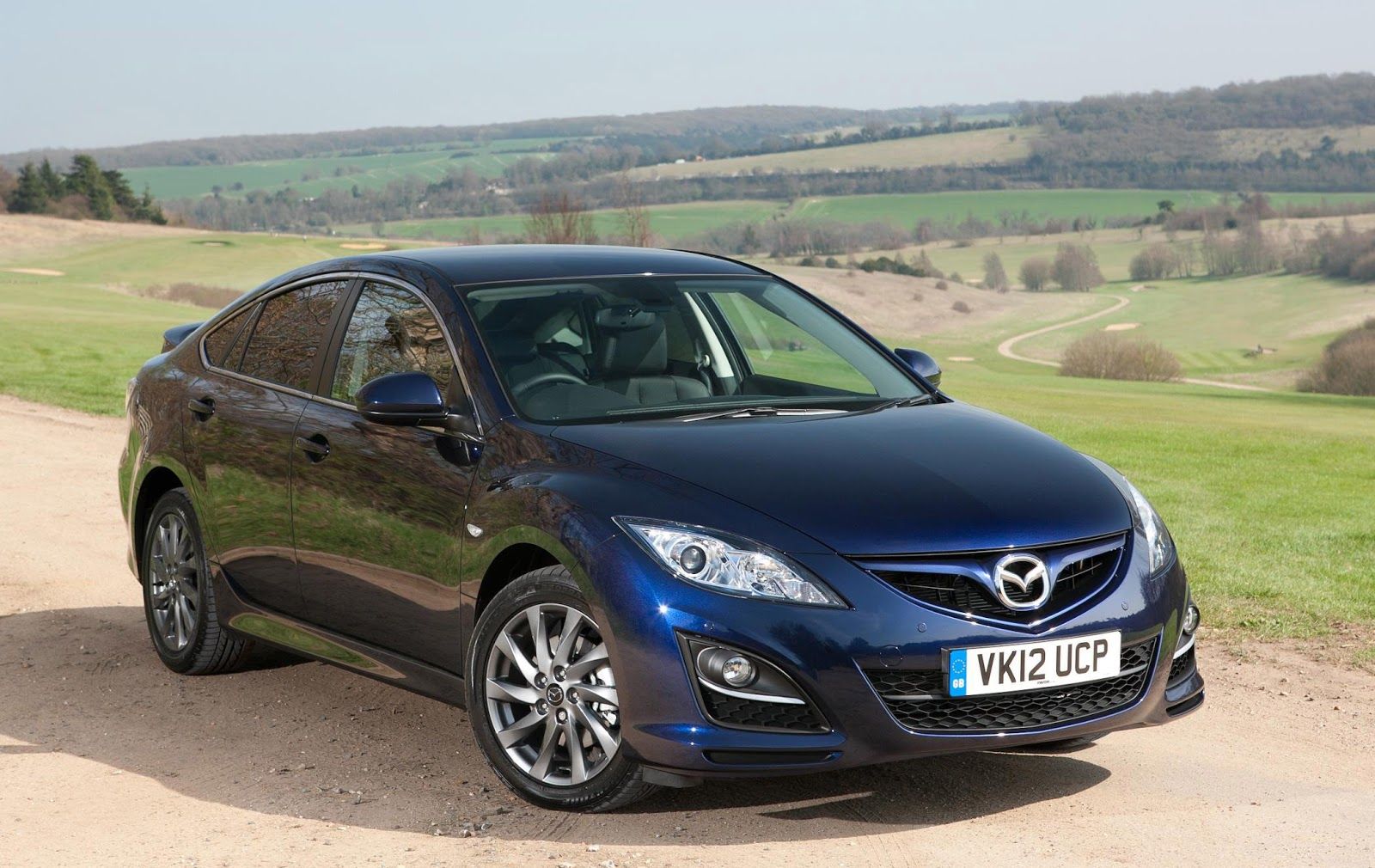
The 2013 Mazda 6 i versions are powered by a 2.5-liter four-cylinder engine that produces 170 horsepower and 167 pound-feet of torque. A six-speed manual transmission is standard on the i Sport. A five-speed automatic with manual shift control is offered on the i Sport and is the only choice available on i Touring, i Touring Plus and i Grand Touring models.
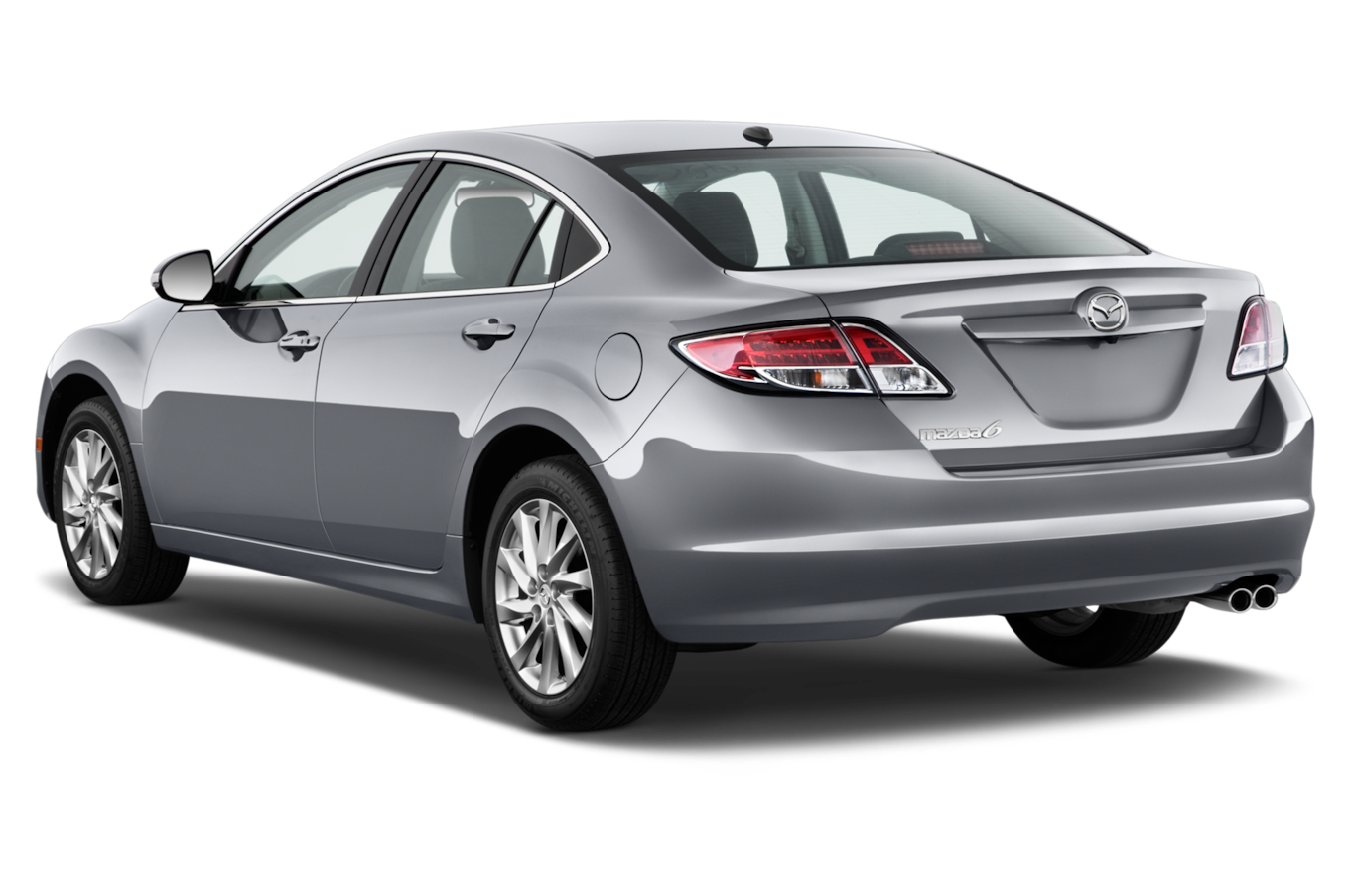
Mazda 6 s Grand Touring is powered by a 3.7-liter V6 that produces 272 hp and 269 lb-ft of torque and is available only with a six-speed automatic. In testing, this model reached 60 mph from a standstill in 6.5 seconds -- quick for its class. The four-cylinder automatic required 9.1 seconds, an average time for a four-cylinder family sedan.
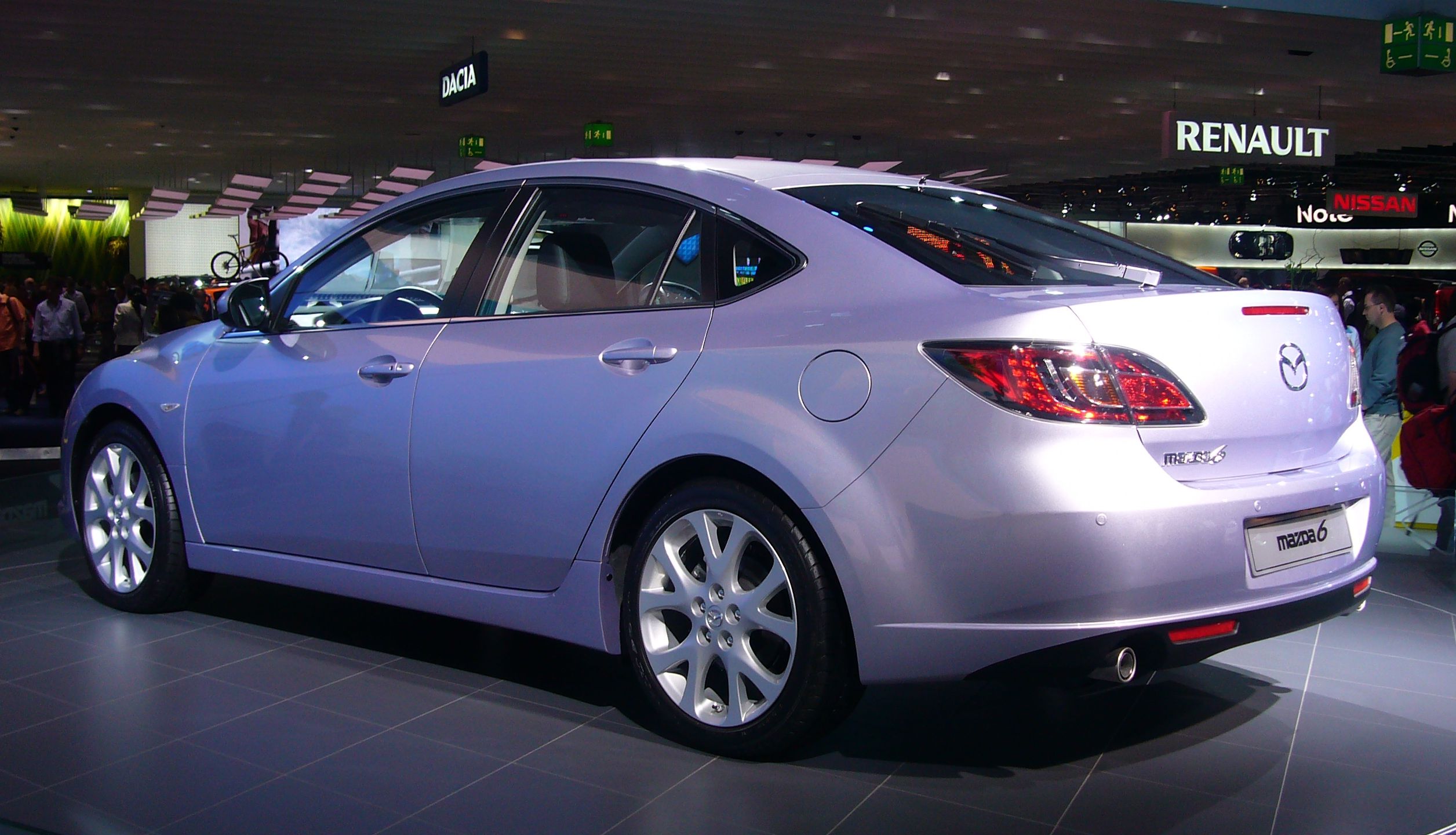
The EPA estimates fuel economy at 21 mpg city/30 mpg highway and 24 mpg in combined driving for the four-cylinder i Sport with the six-speed manual. The Mazda 6 i models with the automatic are rated at 21/30/25 mpg, while the V6 stands at 18/27/21 mpg, both of which are at the low end for this segment.
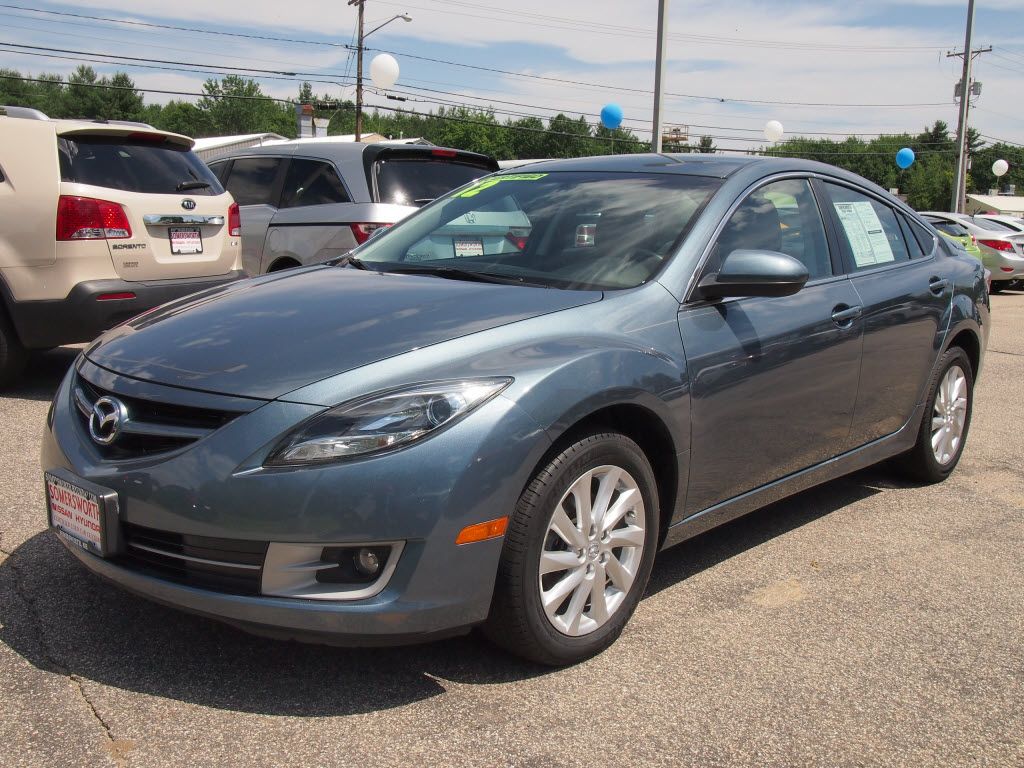
Standard safety features for all 2013 Mazda 6 models include antilock disc brakes, stability and traction control, front-seat side airbags and full-length side curtain airbags. In brake testing, both the i and s Grand Touring models came to a stop from 60 mph in 125 feet, an average distance for a midsize sedan.
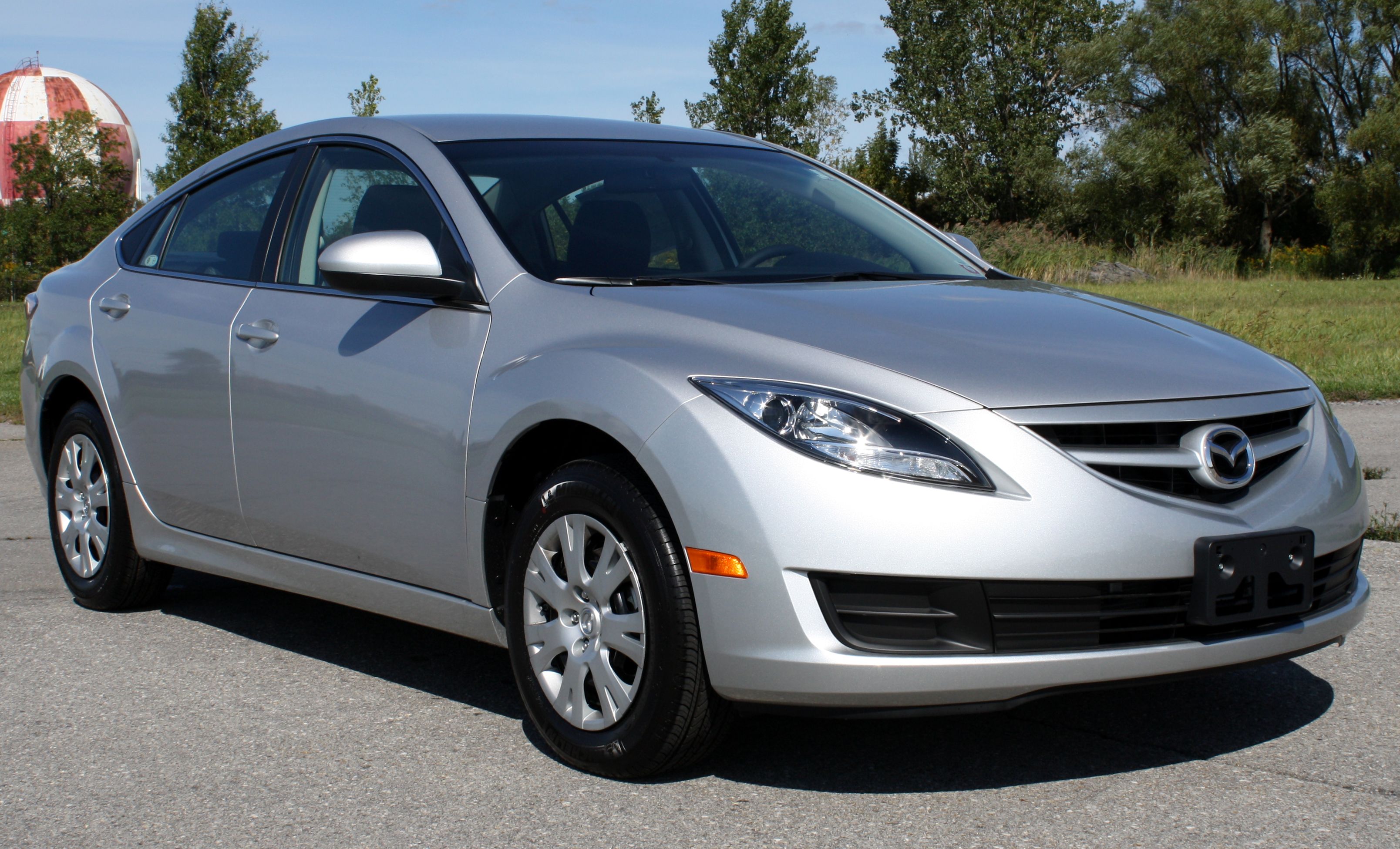
In government crash tests, the Mazda 6 received four out of five stars for overall crash protection, with three stars for frontal-impact protection (four stars driver, three stars front passenger) and four stars for side-impact protection. The Insurance Institute for Highway Safety gave the Mazda 6 its highest score of "Good" for frontal-offset and side impacts, while roof strength tests yielded a second-best "Acceptable" rating.
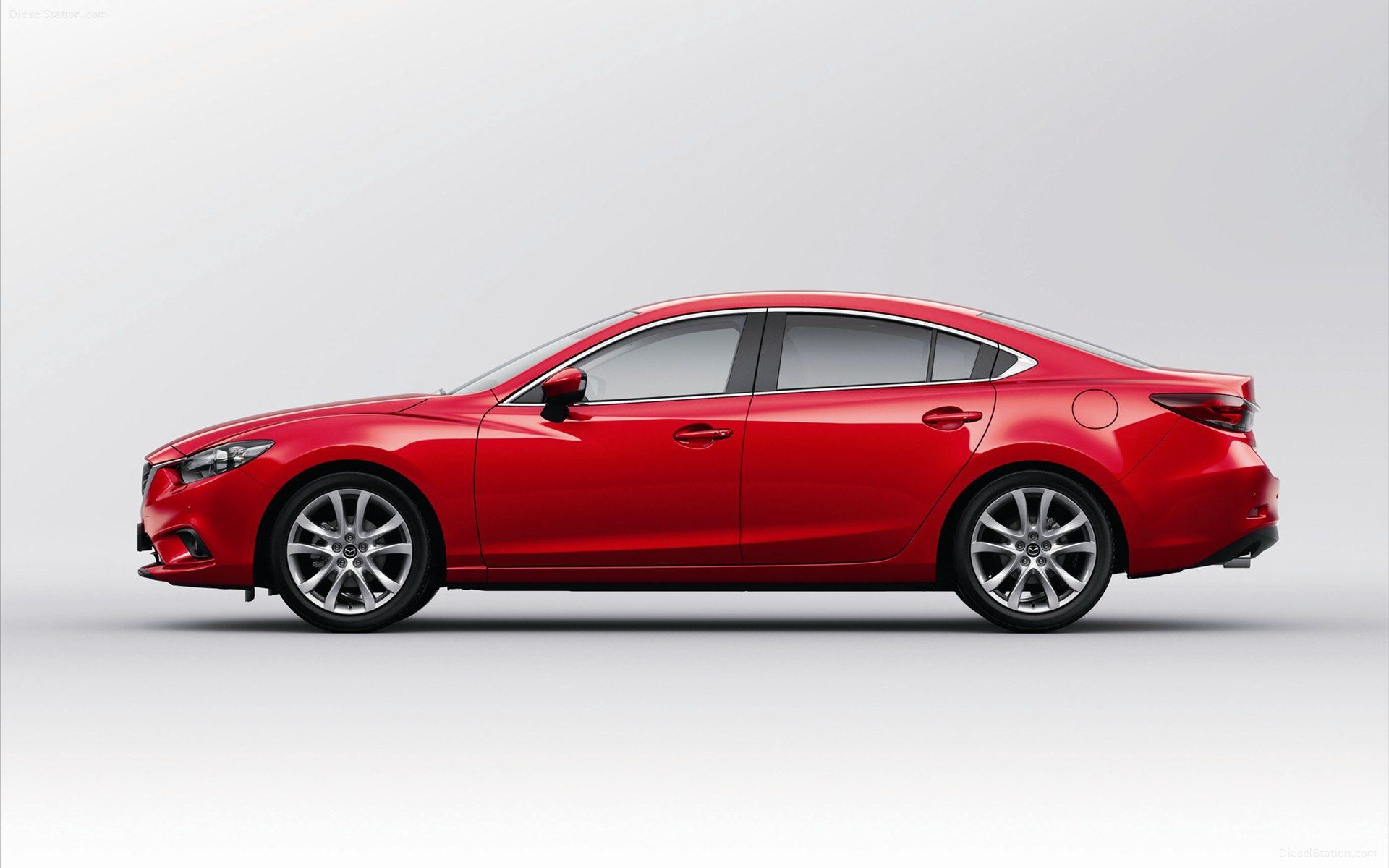
The 2013 Mazda 6 stands apart from most other family sedans on the strength of its nimble handling. It enters curves more confidently than the Honda Accord, and ranks almost as highly on the fun-to-drive meter as the class-leading Nissan Altima. Its athletic demeanor comes with a ride quality that can be a bit taut, however, and road noise is also more prominent. Still, neither is particularly bothersome, even when riding on the big 18-inch wheels.
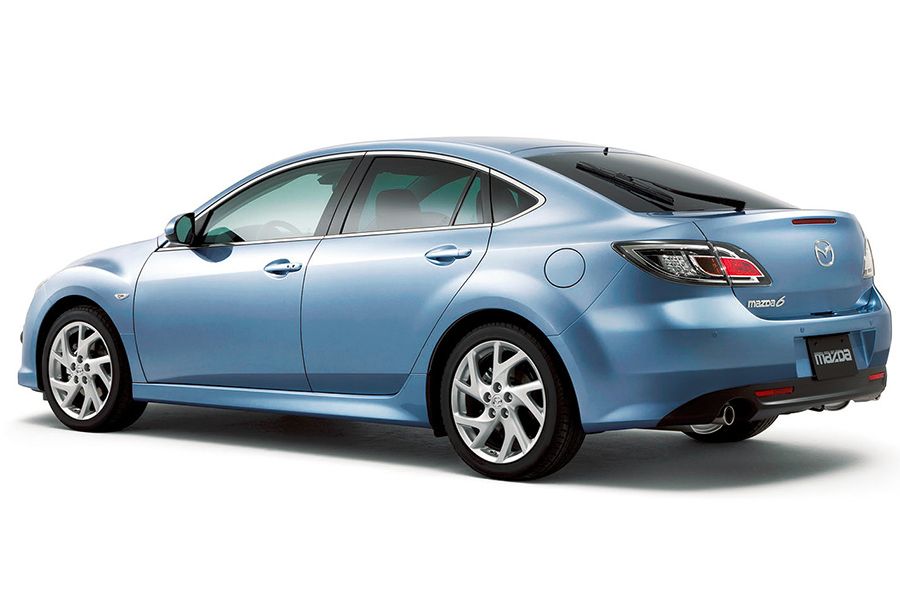
Most drivers will find the base 2.5-liter four-cylinder to be a suitable match, but those who want gutsier performance will find the V6 offers a significant boost. Unfortunately, this added performance is tempered by a transmission that is slow to react in both automatic and manual modes.
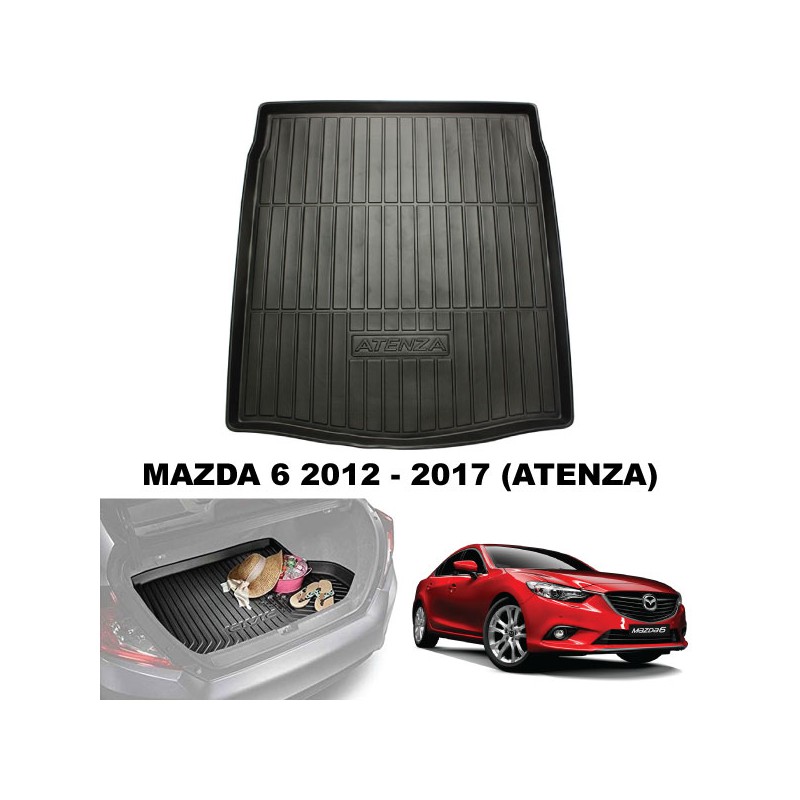


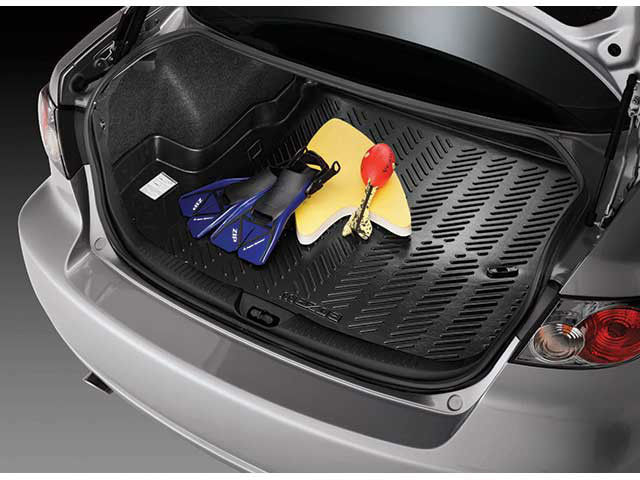


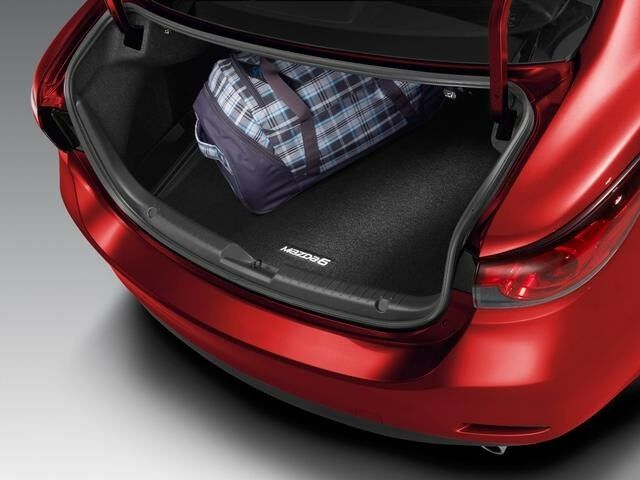


Born as the Toyo Cork Kogyo Co. in 1920, Mazda started out as a machine-tool manufacturing plant but quickly turned to making vehicles. The first Mazda car, called the Mazda-Go, a three-wheeled truck appeared in 1931, which a year later began exporting to China. This was the only car that was in production until the Second World War broke out when Mazda factories began making rifles.
After the war, part of the Mazda plant served as the Hiroshima prefecture for a short while. Production and export resumed in 1949 with the same 3-wheeled truck. The first 4-wheel truck was the Mazda Romper, introduced in 1958.
The first pasenger car came in 1960, the Mazda R360 Coupe. Mazda's first partnership with a foreign company was the one in 1961 with NSU/Wankel with which it produced and developed rotary engines. This was done in order to differentiate Mazda from the other Japanese companies. To this day, Mazda is the only manufacturer of Wankel rotary engines as the other companies (NSU and Citroen) gave up on the design sometime during the 70s.
Mazda's paid off because its models quickly gained a name as being powerful yet light vehicles. The most successful series for Mazda were going to be the R100 and the RX models which eventually led to the company's development.
Starting with 1970 Mazda began eyeing the biggest market for its cars, the United States. It opened up a North American branch under the name Mazda North American Operations and it proved to have the winning recipe. In fact, Mazda models were so successful that the company even produced a pick up truck based on the rotary engine.
With 1973 and the oil crisis, the thirsty rotary engines that Mazda used caused a drop in sales but the Japanese company hadn't really given up on piston engines so it was able to use a 4 cylinder model on its cars. The smaller Familia series and Capella were born.
But Mazda wasn't about to give up on its sporty cars and it decided to develop a parallel plant that would produce cars outside the mainstream. In 1978, they came up with the very sporty RX7 and later with the RX8. The piston engine also showed up on Mazda's line up with the MX-5 or Miata.
In 1979 Ford Motor Company became an investor in Mazda with a 27% share after the financial decline of the company. Later on, in the 80s, Ford acquired 20% more of the company after a few joint ventures like using the Familia series platform for the Laser and Escort models as well as building the new Probe and the Mazda plant in Flat Rock, Michigan.
The 90s started off with another joint venture with Ford on the 1991 Explorer which turned out to be a bad investment for the Japanese while the Americans reaped all the benefits. Following its fascination with alternative engine designs, Mazda started developing the Miller cycle engine in 1995.
The latter part of the 90s proved to be not so profitable for the Japanese as the financial crisis hit in 1997, during which Ford acquired 39.9% of the company. From that point on, the collaboration between the two marques intensified, sharing engine design and even some platforms (Ford Escape with Mazda Tribute and the new generation Ford Focus with the Mazda Axela).
For the future, Mazda intends to maintain its forward thinking and experimental technology, by developing a hydrogen-powered car. The prototype has so far reached a 200 kilometers autonomy.
Source: https://www.mycarspecs.com/car/2013-mazda-6-base-gt-i4
 Reviewed by Admin
on
Desember 03, 2021
Rating:
Reviewed by Admin
on
Desember 03, 2021
Rating:

Tidak ada komentar: